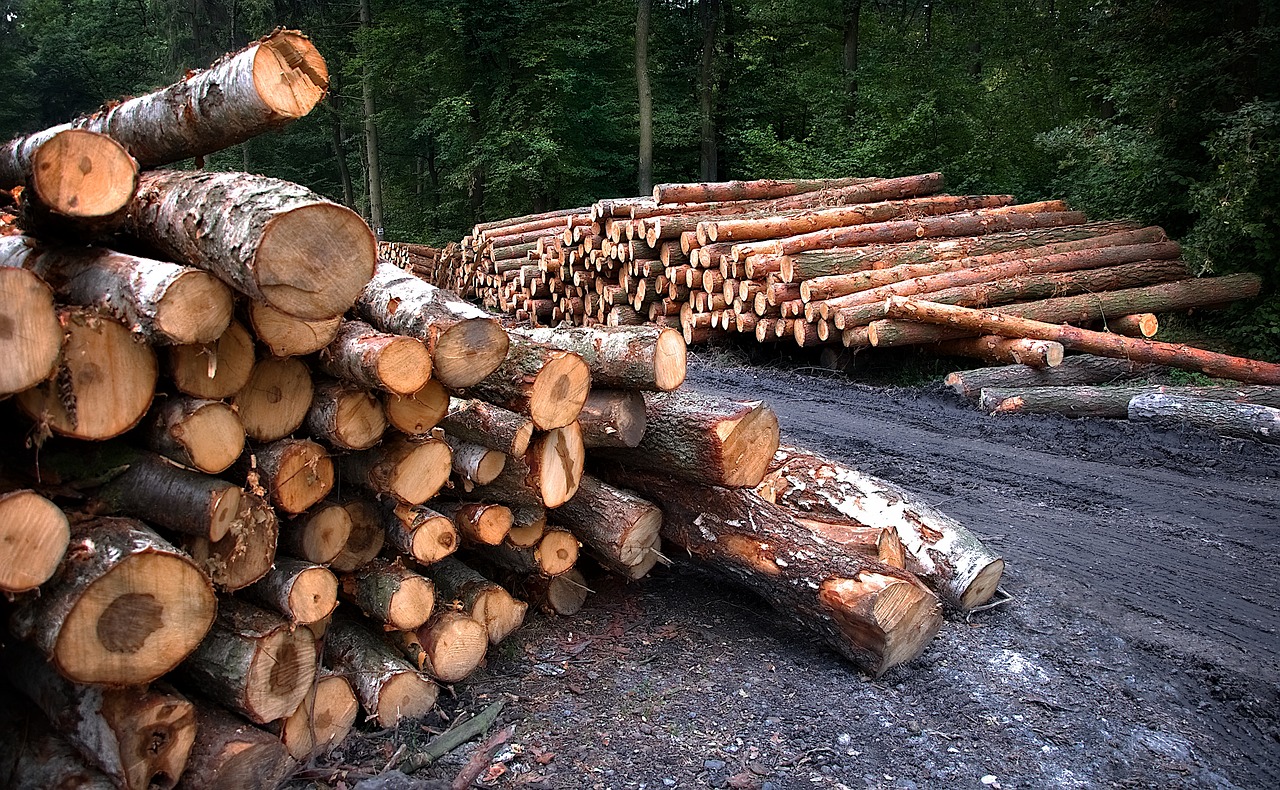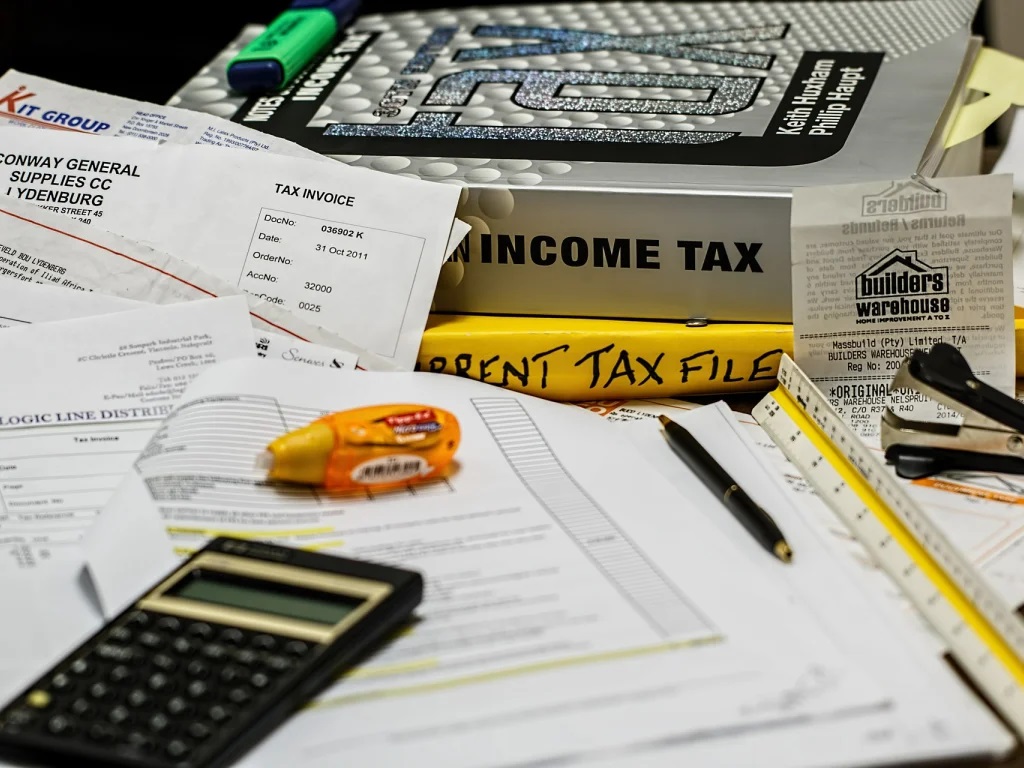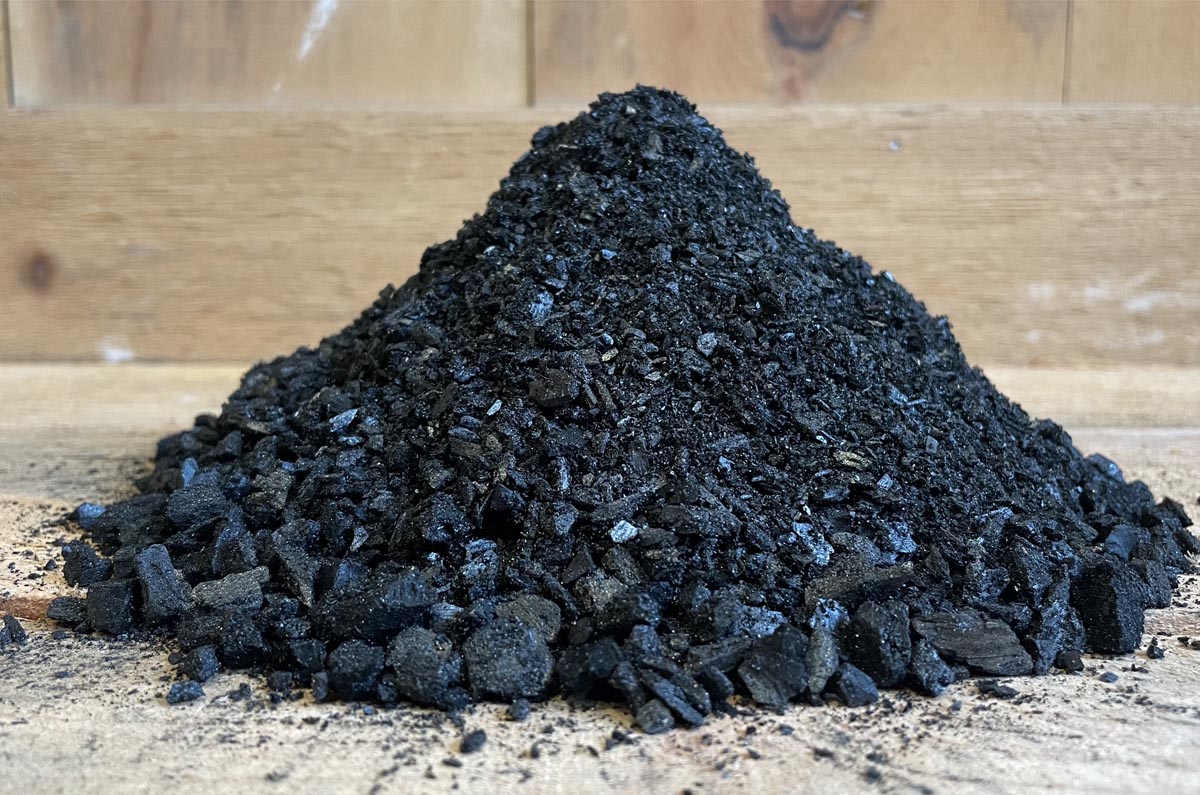Do you own woods? Have you had a harvest in your woods this past year? Do you know the tax code related to woods work?
This blog is meant to be a broad review of the U.S. Forest Service publication FS-1241 “Tax Tips for Forest Landowners: 2023 Tax Year”. Refer to the actual publication here.

Broad considerations:
Generally
- All income from your woods is taxable unless excluded by tax law.
- Nothing is deductible unless a provision allows it.
- If you have owned the timber for less than a year, timber sales are taxed as ordinary income, unless you have inherited the property.
3 broad classifications of woods ownership: (Speak with your accountant about which of these can work best for your situation.)
- Personal Use or Hobby – ownership is not for a profit. Limited tax deductions.
- Investment – ownership is for a profit. Activity is not continuous or regular. Deductions are limited.
- Trade or Business – ownership is for a profit. Activity is regular, continuous, and substantial. More favorable tax deductions than above.
Sale of timber:
This can get a bit complicated. Here are some definitions to help as we look at examples of how timber is sold in the Catskills region of NY.
- Basis is the value in the standing timber when you purchased it.
- Depletion allowance is the portion of the basis allowed to be deducted from a timber sale.
- Standing timber value is the value of trees on the stump, prior to cutting.

Example 1:
A forester marked the trees for a sale and bid out the sale for a 15% commission (For example, .15 times $100,000 = $15,000). A mill purchased the marked trees in a lump sum for $100,000. Your property is in the New York State Forest Tax Law Program (480a), so you owe the county 6% of the value of the standing timber sold. The basis was $40,000 when the property was purchased 15 years ago. The timber sale is for only 1/2 of the basis ($20,000). Because you held the trees for more than 1 year it is considered long-term capital gains and gets taxed at a lower rate (varies based on your taxable income). Your taxable income would be:
Taxable income is the mill’s purchase price ($100,000), minus the depletion allowance of the basis ($20,000), minus 480a tax ($6,000), minus the forester’s commission ($15,000) = Taxable income of $59,000 (taxed as long-term capital gains)
You should check with your accountant about how the basis can be treated for tax purposes.
Example 2:
You hired a logger to harvest your property using a “pay-as-you-cut” agreement. You agreed to get paid 50% of the value of the trees the logger cuts, skids, and sells to the mill. You inherited the property 15 years ago and the basis, based on the Fair Market Value (FMV) at the time, was $40,000. The logger cuts the trees and sells them to a mill for $150,000. It is determined the logger cuts half the value ($20,000) of the original basis.
Taxable income is the mill’s price to purchase ($150,000) multiplied by your share of the purchase price ($150,000 times 0.5 equals $75,000), minus the depletion allowance of the basis ($20,000) equals a taxable income of $55,000 (mostly taxed as long-term capital gains but see below to know for sure)
You should check with your accountant about:
- How the basis can be treated for tax purposes.
- How much, if any, of your taxable income may have to be treated as regular income for tax purposes (page 2 item 2).

Note “Other tax issues related to timber sales” starting at the bottom of page 2 in the right column.
- If you are replanting, consider the reforestation tax incentives in the middle of page 3, left side.
- Operating expenses can be deducted (middle of page, 3 left side) and include things like:
- Depreciation cost of equipment
- Insect control
- Disease prevention
- Timber Stand Improvement (non-commercial thinning)
- Vegetation control
- Overnight travel
- Forester, attorney, or accountant fees
- Other major capital costs can be deducted (NOT including land). See the middle of page 3, right side.
- Long-lasting equipment
- Bridges, culverts, fences, and temporary roads
- Some cost-share programs can be excluded from taxes. See page 4, left side.
- FHPP – Forest Health Protection Program
- CRP – Conservation Reserve Program (Not all aspects)
- EQIP – Environmental Quality Incentives Program
- Some state-approved programs
- Conservation easement donations – may be eligible for a Federal charitable income tax deduction. See page 4, bottom left.
- Forest Carbon – Income from these transactions is usually taxable.
Refer to the article for more information and check with your accountant about details.





